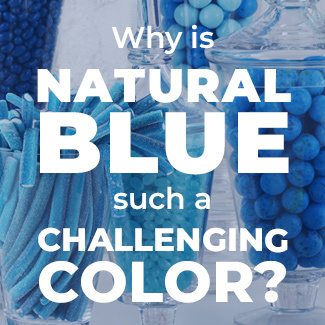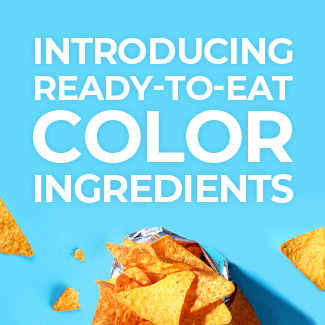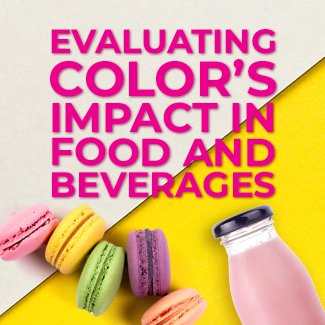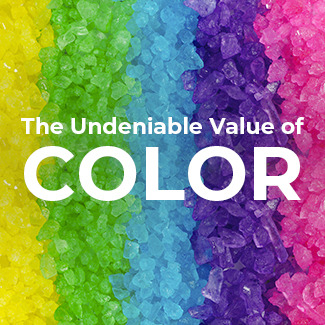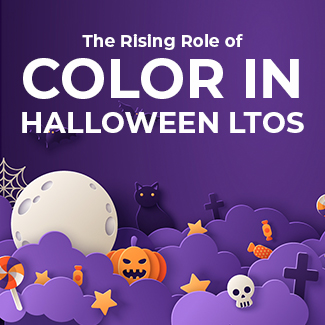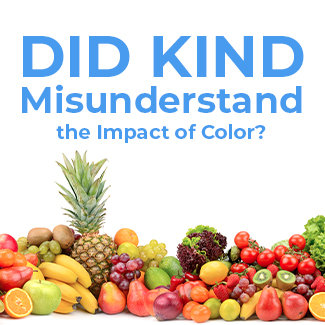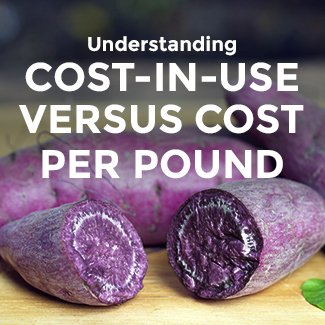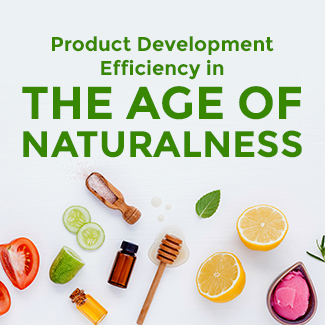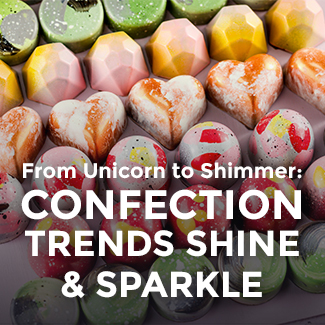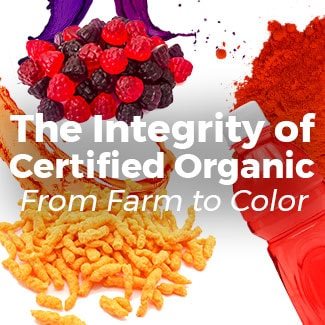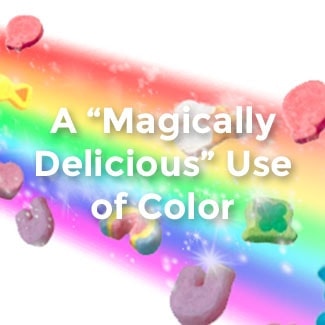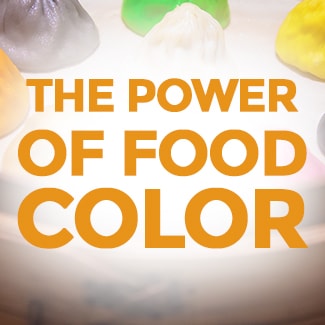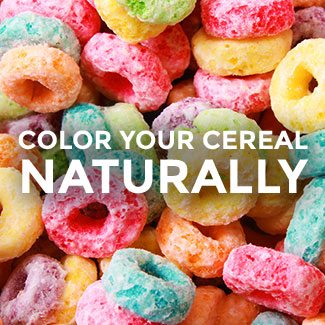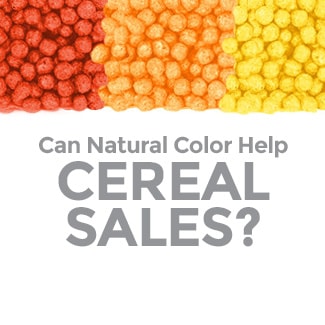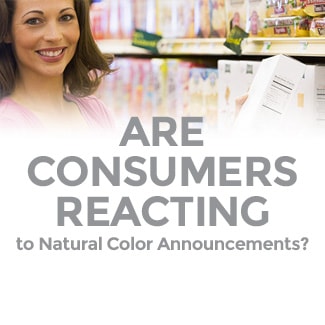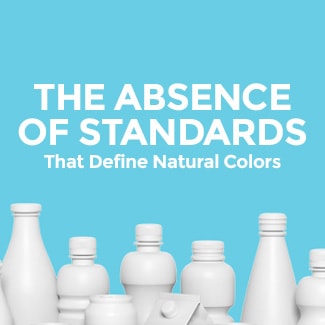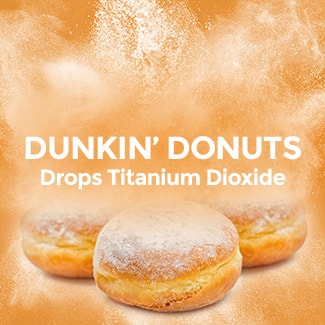Simple Ingredient Trend
According to Neil Howe and William Strauss, credited with coining the term “Millennials,” the generation includes those born between 1982 and about 2004, entering adulthood at the dawn of the new millennium. Members of this key demographic are now in their twenties and thirties, and according to Innova Research, make up about a third of the global population.
For food manufacturers, a more relevant segment is the subset of Millennial Moms. Until recently, this group was considered somewhat niche, but with more than one in five moms now a “Millennial Mom” and with 68% of all babies being born to this group, their importance will continue to grow. For food brands and retailers, winning their loyalty as they move into a new life stage and establish new brand preferences is paramount. There are a few things to note when tackling the challenge.

Millennial Moms Are Influencing Others
Compared to other mom segments, Millennial Moms spend more time online and spend an average of 17.4 hours per week with their social networks. While this is hardly surprising, it is also true that they use this time to provide opinions and recommendations at much higher rate than other moms. In an age where friends and peers are trusted more than ever before, brands that don’t respond to the concerns of Millennial Moms are likely to encounter difficulties.
Millennial Moms Seek Out Simple Ingredients
Becoming a mom comes with the added responsibility of making good choices for the whole family. Moms overall take a keen interest in food labels of products they plan to feed their children. But Millennial Moms are elevating expectations. They have a fear that artificial colors, sweeteners and other ingredients could have adverse effects on their kids, even in cases where little scientific evidence exists to support those fears. More than other moms, Millennials are not only reading labels but actively avoiding certain ingredients. They are the driving force behind clean and simple formulations.
Source: KRC Research/Weber Shandwick
Source: Sensient Colors H&W Study











